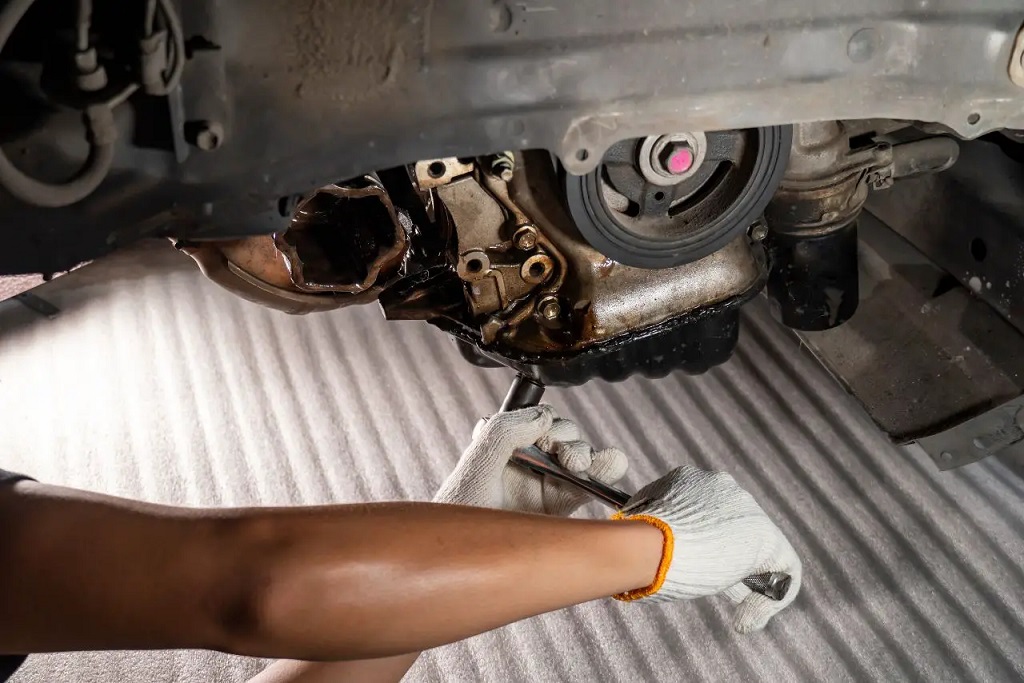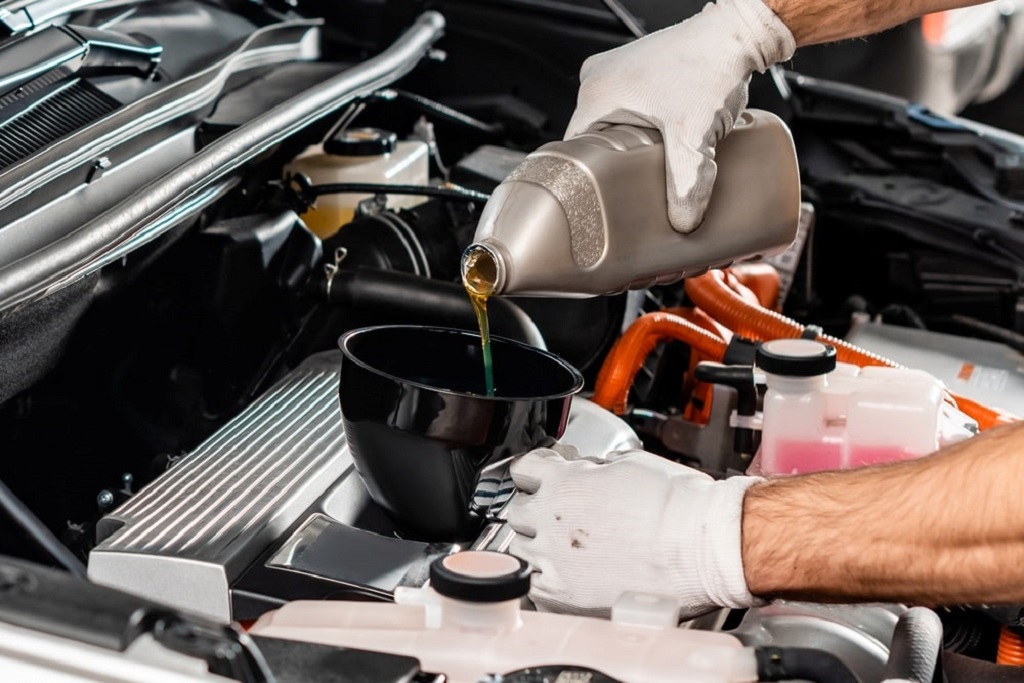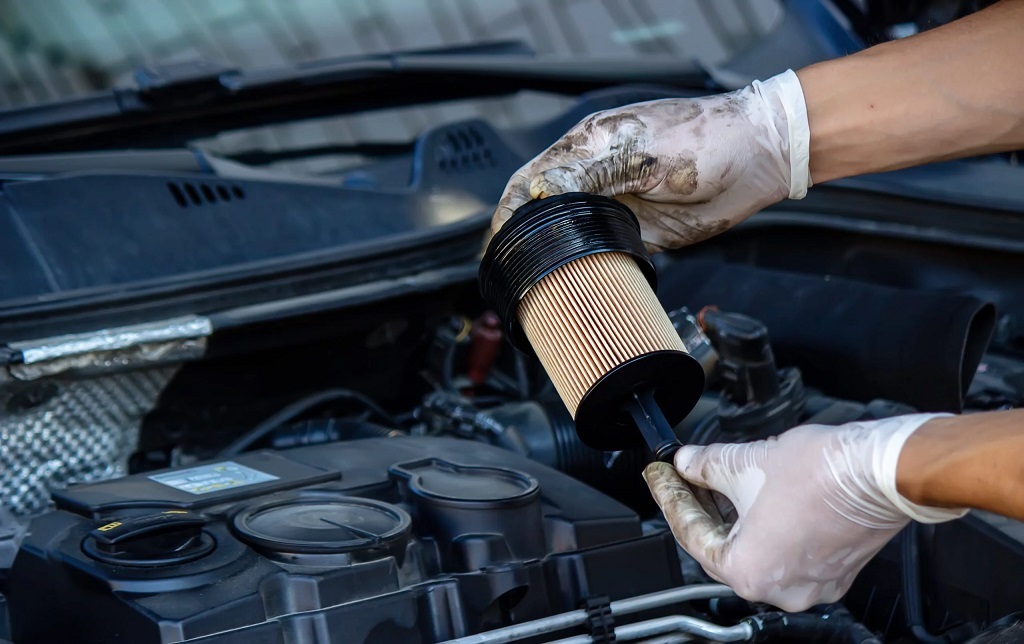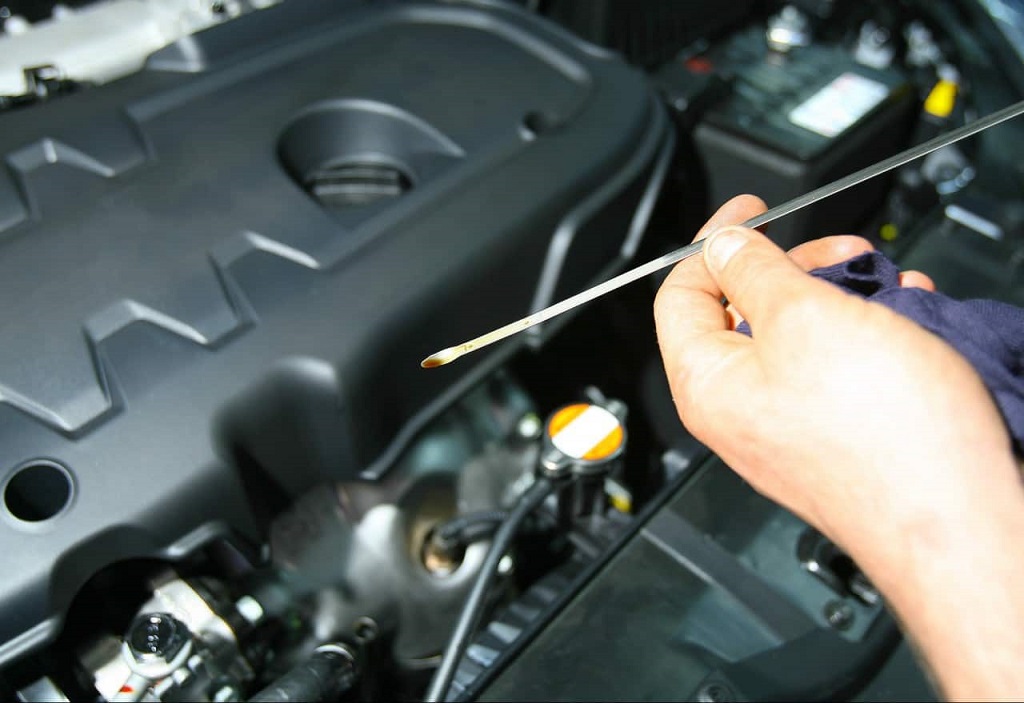Having your car burn oil can be puzzling and concerning, especially when you notice your car losing oil but no leak or smoke. You may see the oil level dropping on your dipstick, but not find any evidence of a leak or smoke coming from the exhaust. What gives? Where is that oil going?
Don’t worry, this is a common issue for many vehicles. Oil consumption happens as engine parts wear down from normal use over time. But just because it’s normal, doesn’t mean you should ignore it. An engine constantly low on oil can lead to serious damage down the road.
Let’s look at the possible causes, symptoms, and solutions so you can get a handle on any oil loss and keep your car running smoothly.
What’s Normal Oil Consumption?

Before diving into problems, it helps to understand what’s considered “acceptable” oil usage. Many automakers state that burning 1 quart per 1000-2000 miles is normal depending on the age and condition of the engine.
For example, a newer car with only 40,000 miles should not use more than 1 quart every 5000 miles. But an older engine with 100k miles may be expected to use 1 quart every 1000-2000 miles.
Of course, if you start noticing it needs oil frequently, don’t just shrug it off as normal aging. Consumption that quickly exceeds manufacturer guidelines can mean there’s an underlying problem.
Top Causes of the Car Losing Oil But no Leak or Smoke

There are a few key reasons your car losing oil but no leak or smoke:
Worn Piston Rings or Cylinders
One of the most common causes of oil consumption are worn piston rings or cylinder walls. The rings seal the combustion chamber and prevent oil from leaking past into the cylinders. Over time, these can lose their snug fit and let oil sneak by.
Worn cylinder walls can also allow oil to be drawn into the chamber. As the piston moves up and down, oil slips past worn rings/walls and gets burned up by combustion.
Valve Guide Seals
Valve guide seals keep oil from entering the valvetrain and combustion chamber through the valve stems. When they become cracked or brittle, oil can leak inward and get burned up.
PCV System Issues
The positive crankcase ventilation (PCV) system recycles vapors and prevents pressure buildup. If valves, hoses, or the oil filler cap are faulty, excess pressure can push oil past seals and rings into the cylinders.
Excessive Idling
If you idle your engine for long periods of time, far more oil can get drawn into the combustion chambers. The piston rings aren’t designed to fully seal at low RPMs.
Damaged Turbocharger Seals
Turbocharged engines rely on multiple seals and gaskets to prevent pressurized oil and air from mixing. Over time, these seals can degrade and blow oil into the cylinders.
Internal Engine Deposits
Carbon deposits and sludge inside the engine can damage seals, clog oil channels, or scrape away critical lubrication on cylinder walls. This also allows more oil to be consumed.
Symptoms of Oil Loss Without a Leak
Here are some of the most common signs your engine may be burning oil:
- Your oil level is mysteriously low between changes, with no obvious drips under the car. This drop becomes progressively worse over time.
- Clouds of blue-gray exhaust smoke, especially at start up or under hard acceleration. This indicates oil is getting past rings into combustion.
- Oil residue baked on spark plugs. Oil getting into cylinders can foul plugs.
- Lower oil pressure than normal, caused by less oil in the system.
- Engine rattling or ticking noises from inadequate lubrication.
- The smell of oil or exhaust fumes inside the cabin.
- Illumination of the low oil warning light before your change interval is up.
Any of these symptoms mean it’s a good idea to start tracking your oil consumption.
How to Check Your Car’s Oil Consumption Rate

To get a handle on how much oil your engine is actually using over time, follow this simple process:
- Check the oil level when it’s warm but hasn’t been run for several hours. Remove the dipstick and wipe it clean. Re-insert fully and remove again to get an accurate reading.
- Note the oil level and mileage on the dipstick. Write down the current dipstick level and mileage so you have a starting point.
- Drive as normal for at least 500-1000 miles. Don’t add any oil before rechecking. This gives an accurate picture of usage.
- Check the oil level under the same conditions again. Allow the engine to cool completely and take another measurement.
- Compare the start and end oil levels. Subtract the number of quarts used from the starting amount. Then divide by the number of miles driven. This tells you the oil consumption rate.
- Continue monitoring at regular intervals. Consumption should generally be consistent. Any spikes could indicate a new problem.
Being diligent about checking oil level and consumption lets you identify abnormal usage requiring attention.
Solutions for Oil Loss Without Leaks

Once you confirm excess oil usage, there are a several ways to tackle it:
Use Engine Oil Additives
Oil additives containing seal conditioners can temporarily swell and soften seals to reduce leakage. Adding a pint of additive when changing oil is an easy first step. This may help control consumption, but doesn’t fix underlying issues.
Switch to Thicker Oil
Using a higher viscosity oil can often cut oil usage. The thicker oil does a better job of sealing small gaps between pistons, rings, and cylinders. Try switching from a 5W-30 to 10W-30 or 10W-40 grade.
Install New Piston Rings
If seals and cylinder walls are badly worn, new piston rings and light honing of cylinders are required. This professional job re-seals the combustion area to prevent oil loss.
Replace Valve Seals
Hardened, leaking valve stem seals need to be replaced and machined for a precise fit. This seals the valve guides and intake area.
Clean Internal Engine Deposits
Using an oil additive cleaner or flushing oil can break down sludge that damages seals and clogs passages. This may temporarily reduce consumption.
Engine Overhaul or Replacement
For high-mileage engines with extensive internal wear, a full overhaul or replacement may be most cost-effective. This brings all seals, piston rings, cylinder walls, and bearings back to optimal condition.
Increase Oil Change Frequency
Changing oil more often keeps contaminants from forming deposits inside the engine. Sticking to the owner’s manual interval is ideal.
FAQs
Q: What oil consumption rate is too high?
A: As a general guideline, using more than 1 quart per 1000 miles is excessive for modern engines under 100k miles. Older engines may have higher acceptable consumption. Refer to your owner’s manual.
Q: Does the type of oil impact consumption?
A: Yes, multi-viscosity synthetics and heavier oils tend to have lower consumption. Conventional oils are thinner and may increase oil loss.
Q: Can bad driving habits lead to oil burn?
A: Yes. Frequent short trips, excessive idling, and aggressive driving can all increase oil passing by rings into cylinders. Gentle driving optimizes consumption.
Q: Will stop-leak products fix oil consumption?
A: Not reliably. Stop-leaks may temporarily swell seals but don’t address mechanical wear. For a proper fix, worn parts need to be replaced.
Q: Does low oil level cause more consumption?
A: Yes, an engine can consume more oil when run low. Always maintain proper levels to limit oil drawn into cylinders. Top off when needed between changes.
Conclusion
Excessive oil consumption without an external leak is often a result of normal internal wear. However, it pays to monitor usage and address the root cause. The bad effects of transportation, such as increased environmental pollution and carbon emissions, can be mitigated by employing proactive measures like using additives, changing oil viscosity, replacing seals/rings, and conducting engine repairs, which not only contribute to controlling oil loss but also promote sustainable and eco-friendly practices in the automotive industry.
Consistent maintenance is key to maximizing engine life and preventing accelerated damage. Don’t ignore signs of car losing oil but no leak or smoke.